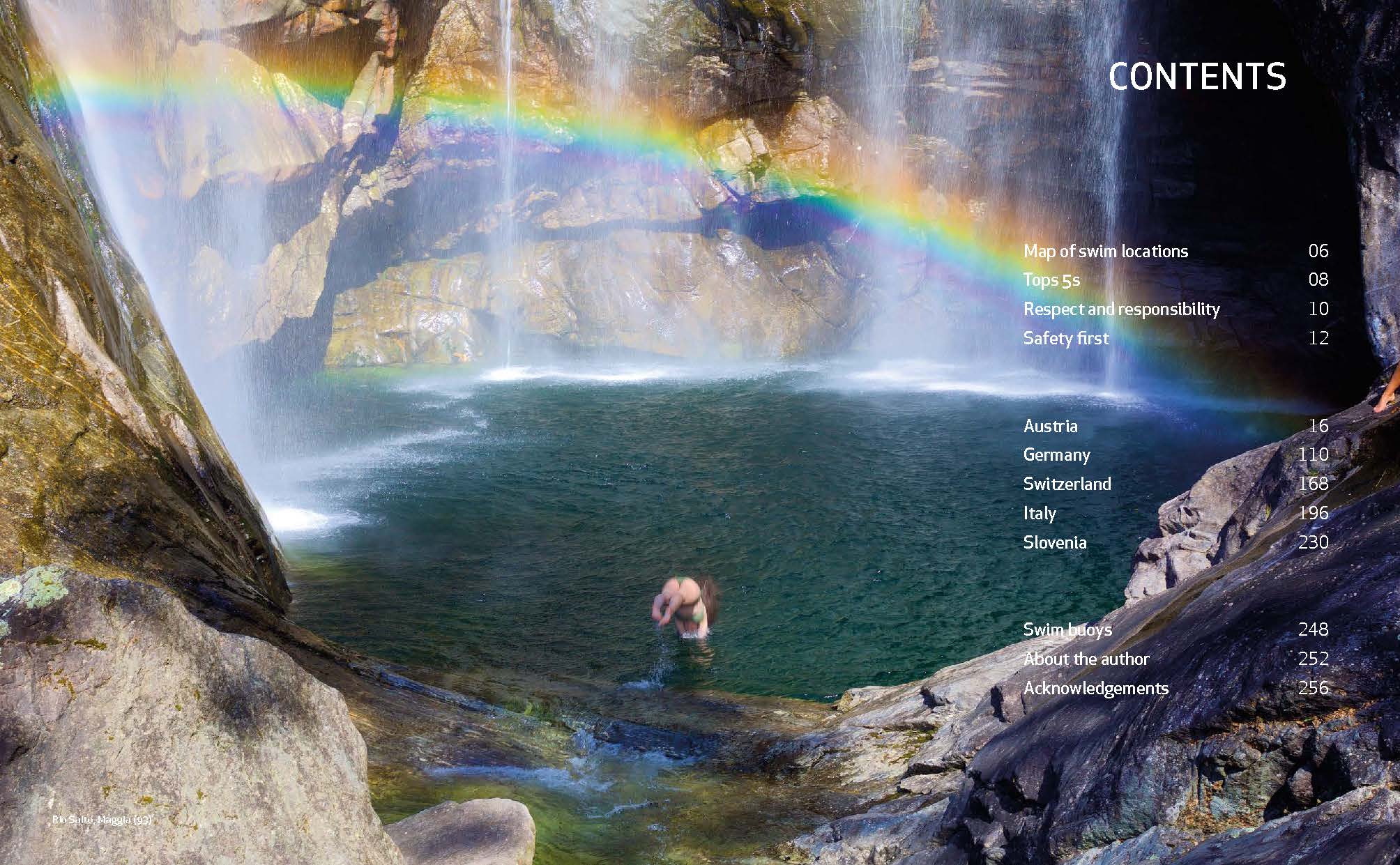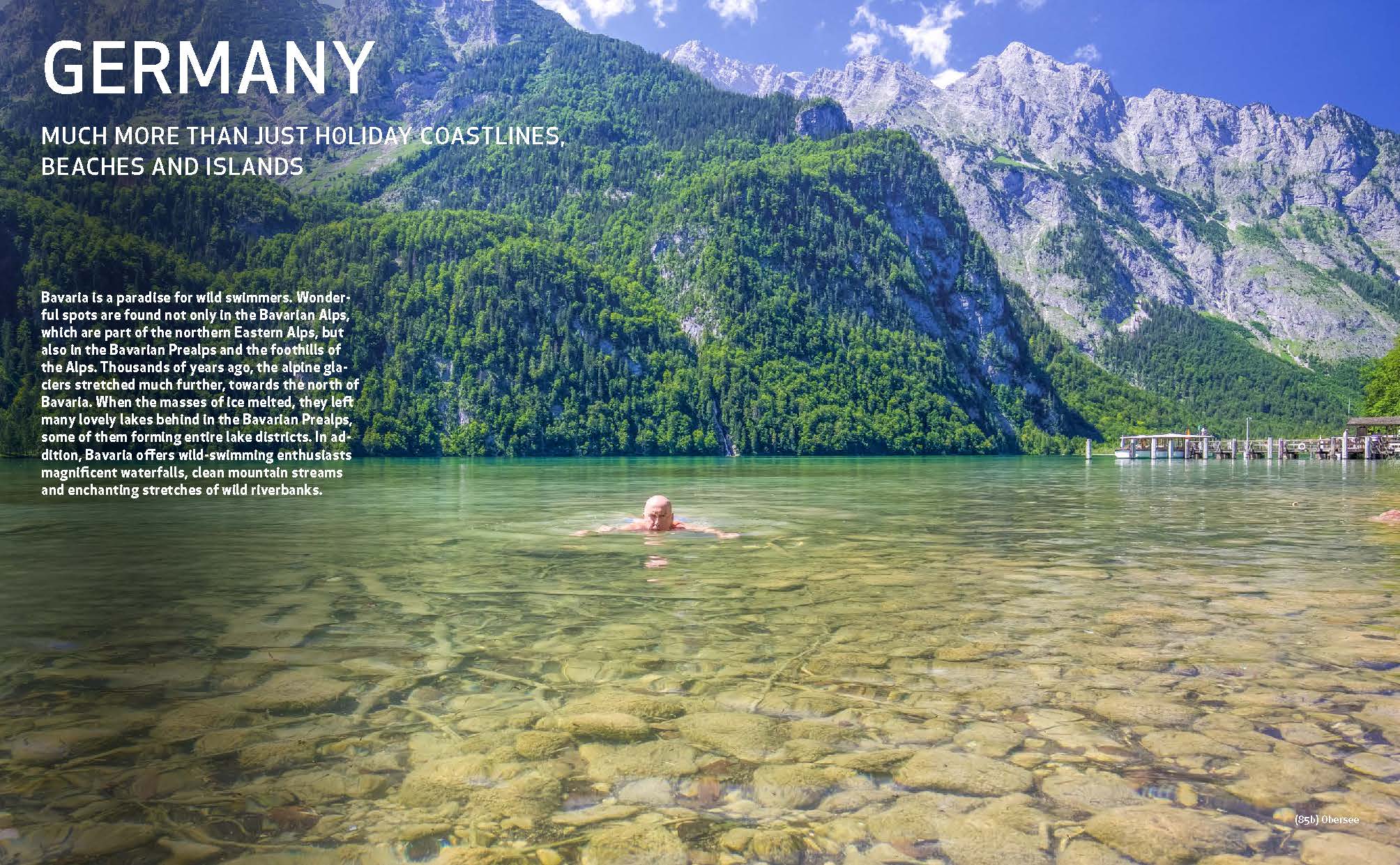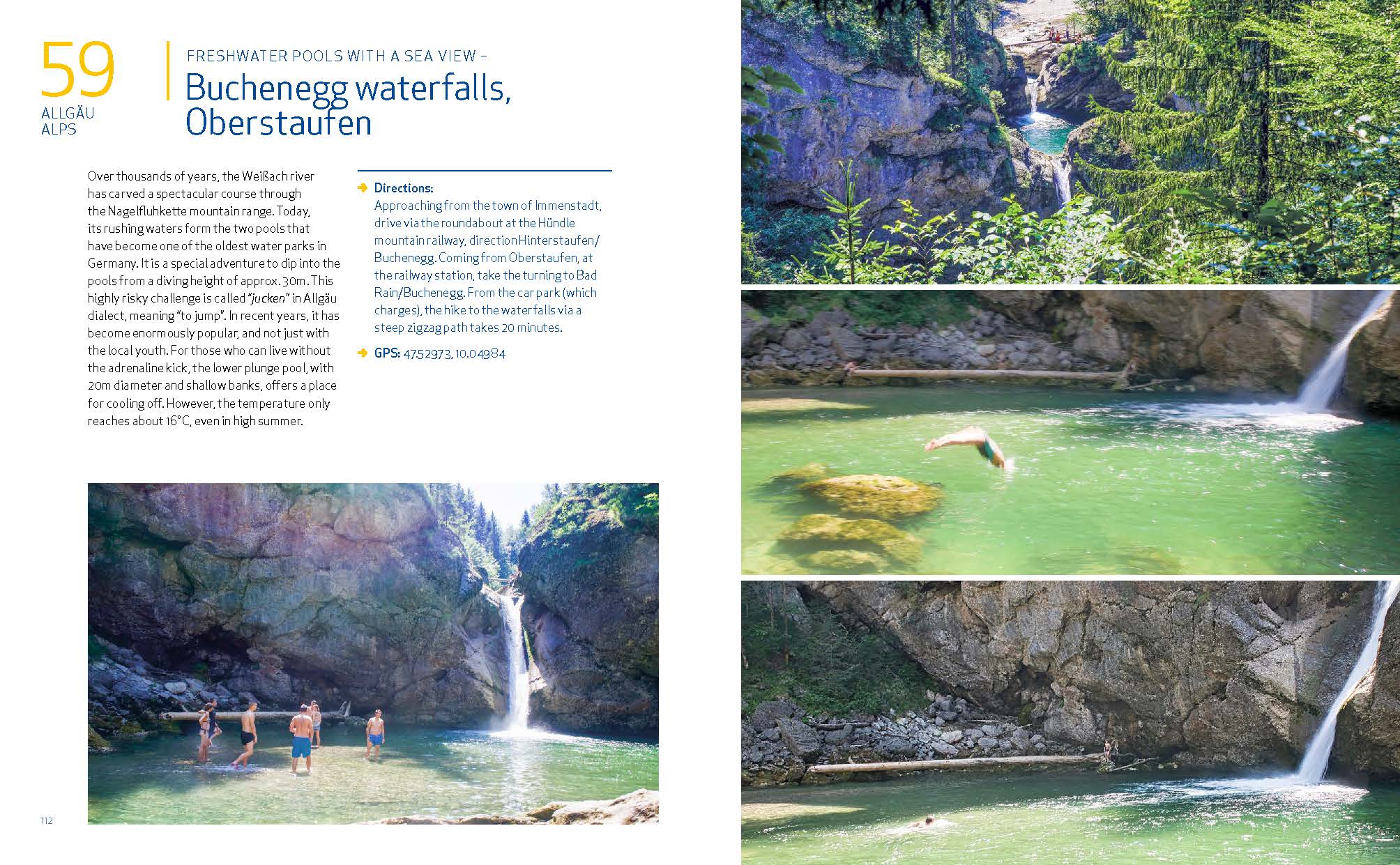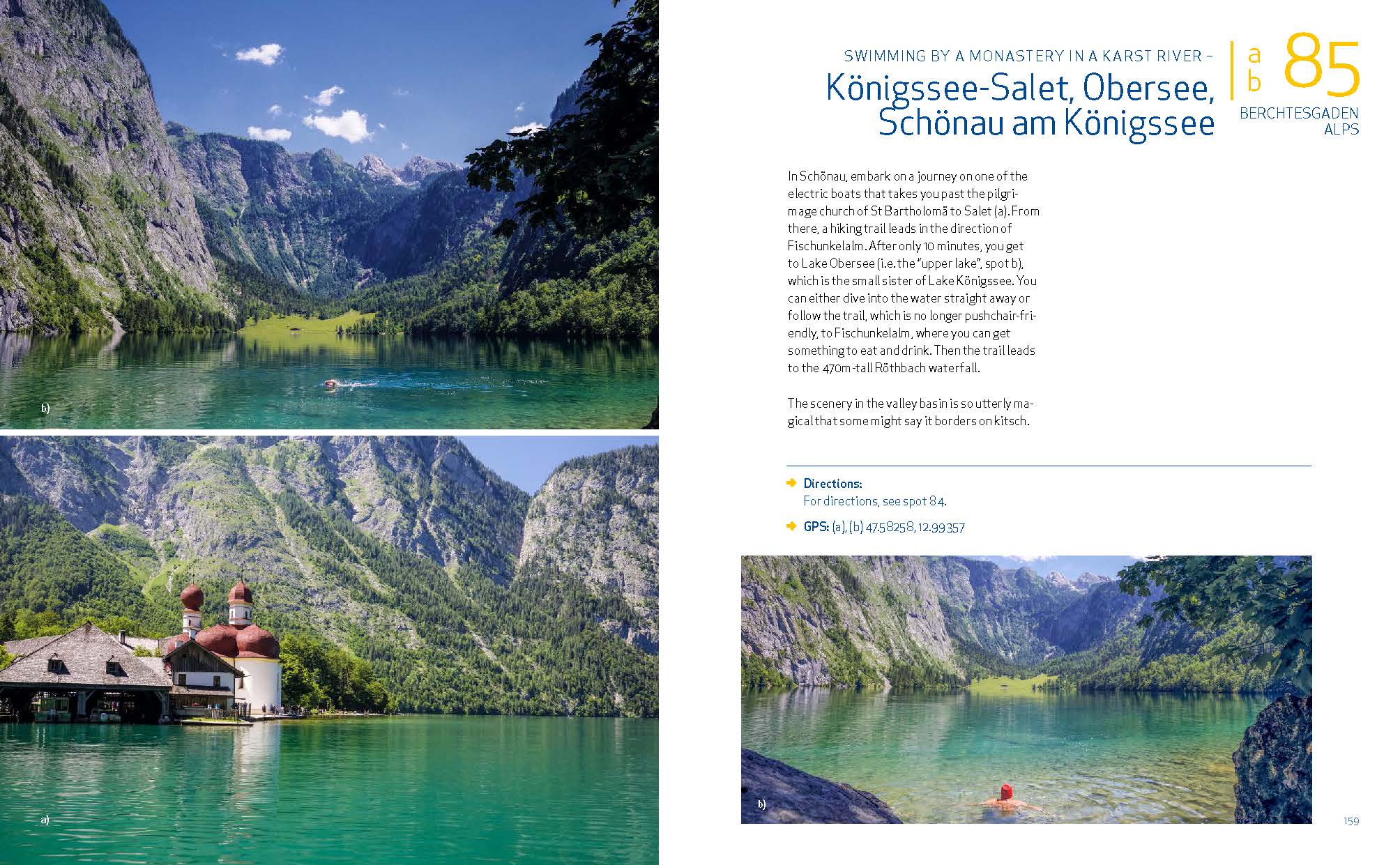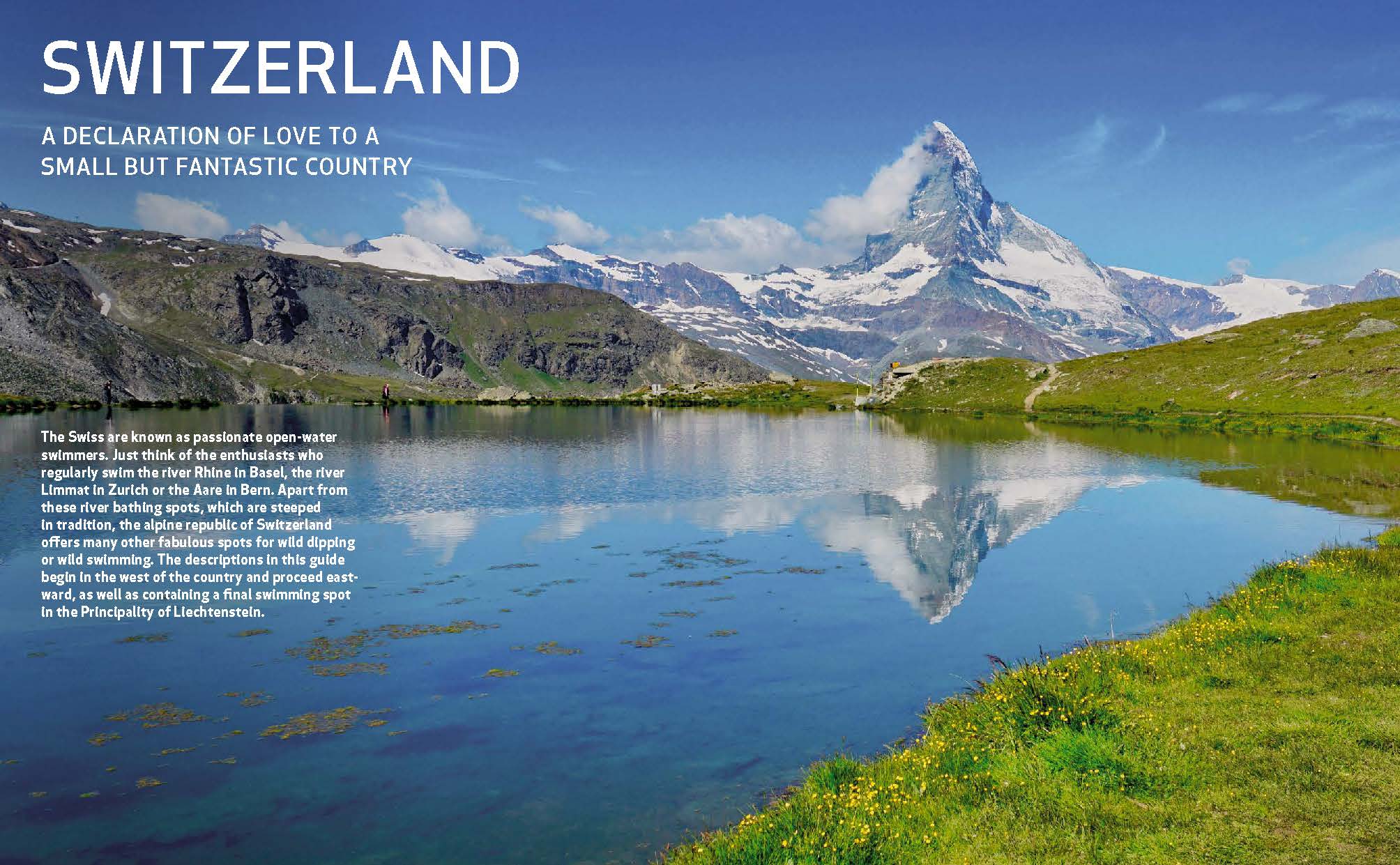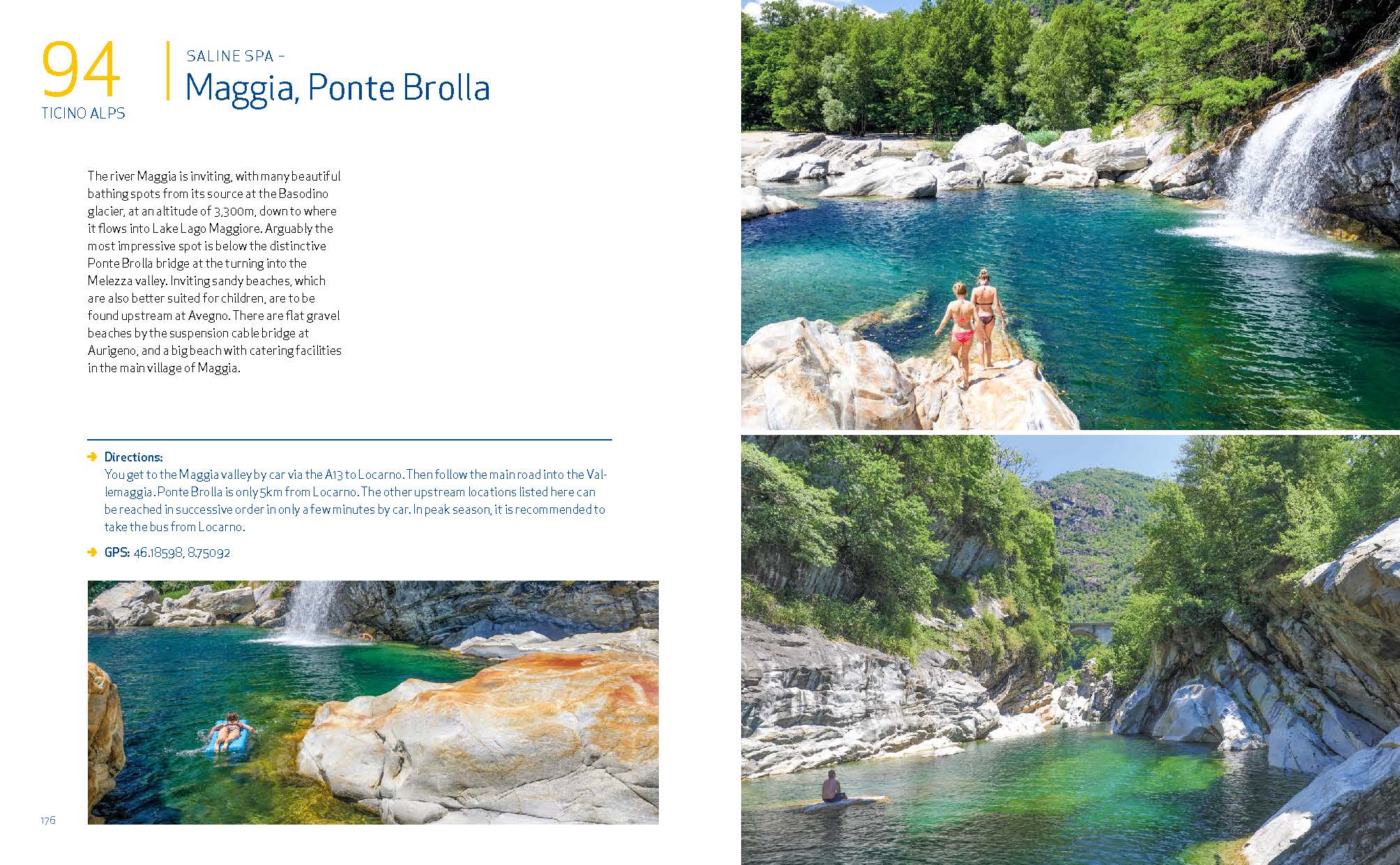The best-selling Wild Swimming series travels to the European Alps of Austria, Germany, Switzerland, Italy and Slovenia. Discover more than 130 of the most beautiful places to swim, from untouched lakes to secret plunge pools. This dazzling new travel guide combines engaging travel writing with spectacular photography to lure you off the beaten track to magical swimming locations, from classic destinations to local secrets you won’t find listed elsewhere. The perfect guide for families on holiday or explorers looking for their next adventure.
Wild Alps takes you on an aquatic voyage through one of Europe’s most dramatic and diverse wild regions.
- Bathe and picnic by secret forest lakes
- Hike to pristine mountain waterfalls
- Swim over rare underwater meadows in summer lakes
- Plunge into the icy waters of an underground glacial lake at 3200m
- Adventure through mysterious flooded caves and tunnels
- Including 200 photographs, GPS coordinates and detailed walk-in directions, with background to the history and geography of the region.
Dive in! The water’s lovely.
Hansjörg Ransmayr is a lifeguard, competition swimmer, mountain guide, white water canoeist and creative director. He is also the author of Wild Swimming Croatia & Slovenia, Wild Swimming Germany and Islandeering Germany.
AUSTRIA – The “alpine republic” of Austria offers wild swimming fans a huge range of possibilities – from idyllic forest and meadow lakes in the flatter foothills of the Alps to picturesque river bathing spots in the uplands and alpine swimming adventures. Arguably the most spectacular spot could be the backdrop to a James Bond movie: It is located in an ice palace under the “perpetual ice” of the Central Alps. The extensive region of the Ötztal Alps has many fabulous mountain lakes and tarns, some of which are at altitudes and in locations that are difficult to access. In comparison to the Ötztal valley, the Pitztal valley, which runs parallel, is far less developed and less frequented by tourists.
GERMANY – Bavaria is a paradise for wild swimmers. Wonderful spots are found not only in the Bavarian Alps, which are part of the northern Eastern Alps, but also in the Bavarian Prealps and the foothills of the Alps. Thousands of years ago, the alpine glaciers stretched much further, towards the north of Bavaria. When the masses of ice melted, they left many lovely lakes behind in the Bavarian Prealps, some of them forming entire lake districts. In addition, Bavaria offers wild-swimming enthusiasts magnificent waterfalls, clean mountain streams and enchanting stretches of wild riverbanks.
SWITZERLAND – The Swiss are known as passionate open-water swimmers. Just think of the enthusiasts who regularly swim the river Rhine in Basel, the river Limmat in Zurich or the Aare in Bern. Apart from these river bathing spots, which are steeped in tradition, the alpine republic of Switzerland offers many other fabulous spots for wild dipping or wild swimming. The descriptions in this guide begin in the west of the country and proceed eastward, as well as containing a final swimming spot in the Principality of Liechtenstein.
ITALY – High alpine mountain lakes, fascinating river bathing spots and spectacular waterfalls. Northern Italy has made tangible improvements in terms of water pollution control so that the water quality has become much better in recent years. Today, it is great fun to swim even in lakes that are close to towns and villages, and in the lower reaches of streams. In this sense, alpine Italy is now a wild-swimming destination “prima gentilezza”, meaning “first-class”!
SLOVENIA – Close to the sky, the alpine part of Slovenia is formed by the Julian Alps, the Kamnik Alps/Karawanks and the Pohorje mountains. The 2,864m-tall Mount Triglav in the national park of the same name is the highest mountain in Slovenia. Its upland plateau is home to many breathtakingly beautiful lakes where swimming is sadly not permitted, to protect the environment. Irrespective of the above, Slovenia features countless rivers, lakes and waterfalls from the regions bordering Austria and Slovenia right into the karst areas.


